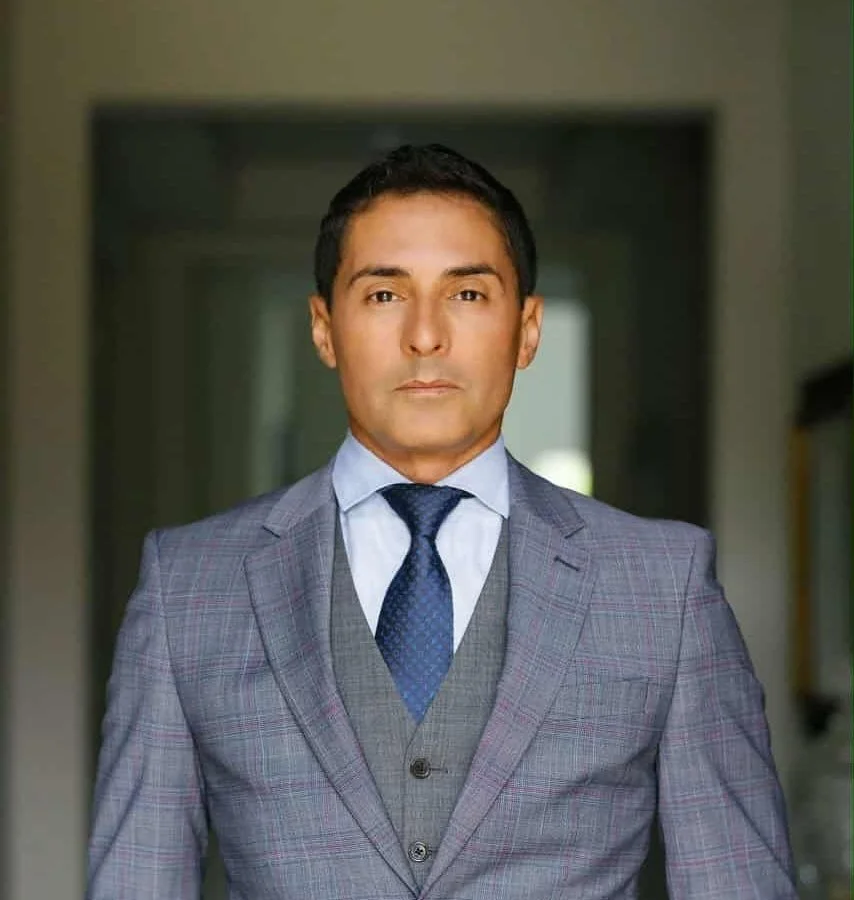Fathers Anonymous
Fathers Anonymous
Read More
Fathers Anonymous
Fathers Anonymous
Read More
Fathers Anonymous
Fathers Anonymous
Read More
Fathers Anonymous
Fathers Anonymous
Read More
Fathers Anonymous
Fathers Anonymous
Read More
Fathers Anonymous
Fathers Anonymous
Read More
Fathers Anonymous
Fathers Anonymous
Read More
Fathers Anonymous
Fathers Anonymous
Read More
Fathers Anonymous
Fathers Anonymous
Read More
Fathers Anonymous
Fathers Anonymous
Read More
Fathers Anonymous
Fathers Anonymous
Read More
Fathers Anonymous
Fathers Anonymous
Read More
Fathers Anonymous
Fathers Anonymous
Read More
Fathers Anonymous
Fathers Anonymous
Read More
Fathers Anonymous
Fathers Anonymous
Read More
Fathers Anonymous
Fathers Anonymous
Read More
Fathers Anonymous
Fathers Anonymous
Read More
Fathers Anonymous
Fathers Anonymous
Read More
Fathers Anonymous
Fathers Anonymous
Read More





















